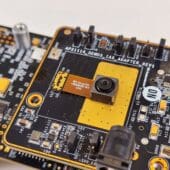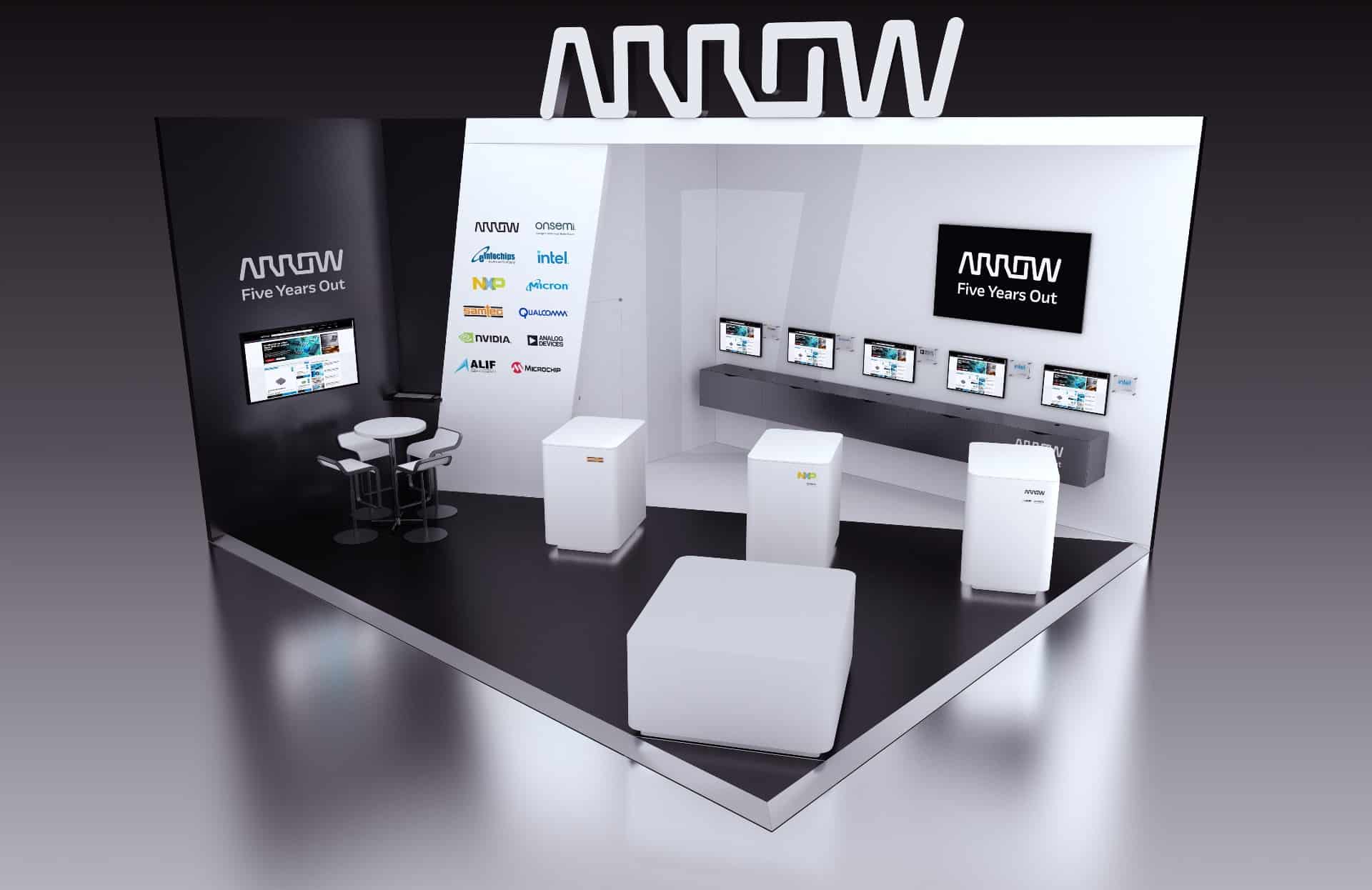They are based on the company's work with standards organizations and large customers who use the devices to create capture cards and cameras that meet the new specifications.
Until the 2.0 Gbps Coa-XPress® 12.5 interface standard was ratified last year, machine vision capture solutions had replaced conveyor belts as the primary resource to increase production line performance. Now Microchip Technology Inc. (Nasdaq: MCHP) has taken another step forward to realize the full potential of CoaXPress (CXP) in the factory with the first physical layer interface devices on a single chip to include features that optimize system design. machine vision system, maximize transmission speed and simplify installation for large-scale bottling operations, food inspection, industrial inspection and imaging applications. “We have worked with the Japan Industrial Imaging Association (JIIA) and our largest customers to optimize our offering with CXP and take full advantage of specification at the factory,” said Matthias Kaestner, vice president, Imaging Systems business unit. Infotainment for the Automobile. “Our low-latency, low-power transmission solutions integrate equalizer, cable controller, and timing and data recovery on a single chip so camera and capture card manufacturers can deliver high-speed, high-resolution video, control signaling, and more. and power through a single coaxial cable. The EQCO125X40 family of CoaXPress devices is the first to implement the CXP 2.0 standard from a new specification-based, previous-generation-compatible design with built-in Clock Data Recovery (CDR) for all levels of speed and a clock on the part of the camera in order to meet the requirements of the real world.
The devices significantly increase performance for machine vision processing by making cameras and capture cards transmit four to eight times faster than alternative solutions. In addition, these devices allow the distance of the cable/link to be multiplied by four with a much lower consumption and almost zero latency. The product family also increases tolerances and design flexibility by accommodating all frequencies at any rate, from CXP-1 to CXP-12, and eliminates the need for multiple channels by achieving 12,5 Gbps bandwidth. on a single wire. The possibility of resorting to more types of cabling allows the systems to be installed where needed and the integration of CDR improves the jitter (fluctuation) in the signal sent from the camera to the capture card. Low frequency clock recovery in the camera eliminates the need for a separate clock in the FPGA. The integrated link signal integrity check allows the system to verify cable integrity in real time before and during operation. Microchip's new range makes it easier and cheaper for card manufacturers to develop more robust products that customers can install at any point on the production line. The products allow pre-configuring and real-time cable link quality testing, thus providing users with robust and comprehensive solutions to meet their challenges. They also have the ability to reach 50 Gbps over various cables.
“Microchip's new CXP-12 family takes our latest products into a compact equalizer solution with few components on a single chip that more than meets Coa-XPress specifications in terms of return loss,” he noted. Chris Beynon, CTO of Active Silicon. “The devices also have a function that allows you to check the cable performance in real time in order to detect cables in bad condition before observing transmission errors in full operation.” Microchip's CXP devices make it easy for manufacturers to get the same performance from two ports in cameras and video digitizers that previously required four ports. The devices can be used to obtain the low frequency clock signal in real time in the camera, which provides a more precisely synchronized signal. Manufacturers can also use it as a cable repeater, thus extending the distances over which cameras can be connected.
Their low consumption makes them ideal for marketing smaller solutions with higher performance in image capture, which increase value for the customer and whose design is simpler and more economical. “With Microchip's CXP devices we meet the market need to double the speed of data processing without increasing the cost of the system,” said Andre Jacobs, director of marketing and sales for Adimec. “We at the JIIA are very pleased to see that Microchip markets its high-performance, low-power CoaXPress 2.0 solutions in full compliance with the recent CoaXPress 2.0 specification,” said Sachio Kiura, President of the Japan Industrial Imaging Association. In addition to offering core capabilities that Microchip says will help accelerate the adoption of higher-performance, lower-cost machine vision solutions in industrial inspection applications, the company expects its CoaXPress 2.0 family to have an equally transformative effect on applications such as process monitoring, traffic, surveillance and security, medical inspection systems and embedded vision solutions.
The family is part of a broad portfolio of products that meets the requirements for creating consistent end-to-end solutions such as Microchip's 12 Gbps PolarFire field programmable gate arrays (FPGAs), supporting the CoaXPress protocol with minimal developer effort in addition to enable a low-power, low-latency, and small-footprint solution.
Development tools
Evaluation cards are available for Microchip's CoaXPress 2.0 family (transmitter, receiver, and repeater) as a development aid for their customers.
Availability
Microchip's CoaXPress 2.0 family consists of an in-camera transmitter device and three transceivers on a single chip. Each is supplied in a flat 16-pin square package that is fully compatible with Microchip's CoaXPress 1.1 family of devices. For more information, including pricing, contact a Microchip sales representative or authorized distributor, or refer to Microchip's CoaXPress 2.0 product catalog. To purchase the mentioned products visit the portal








